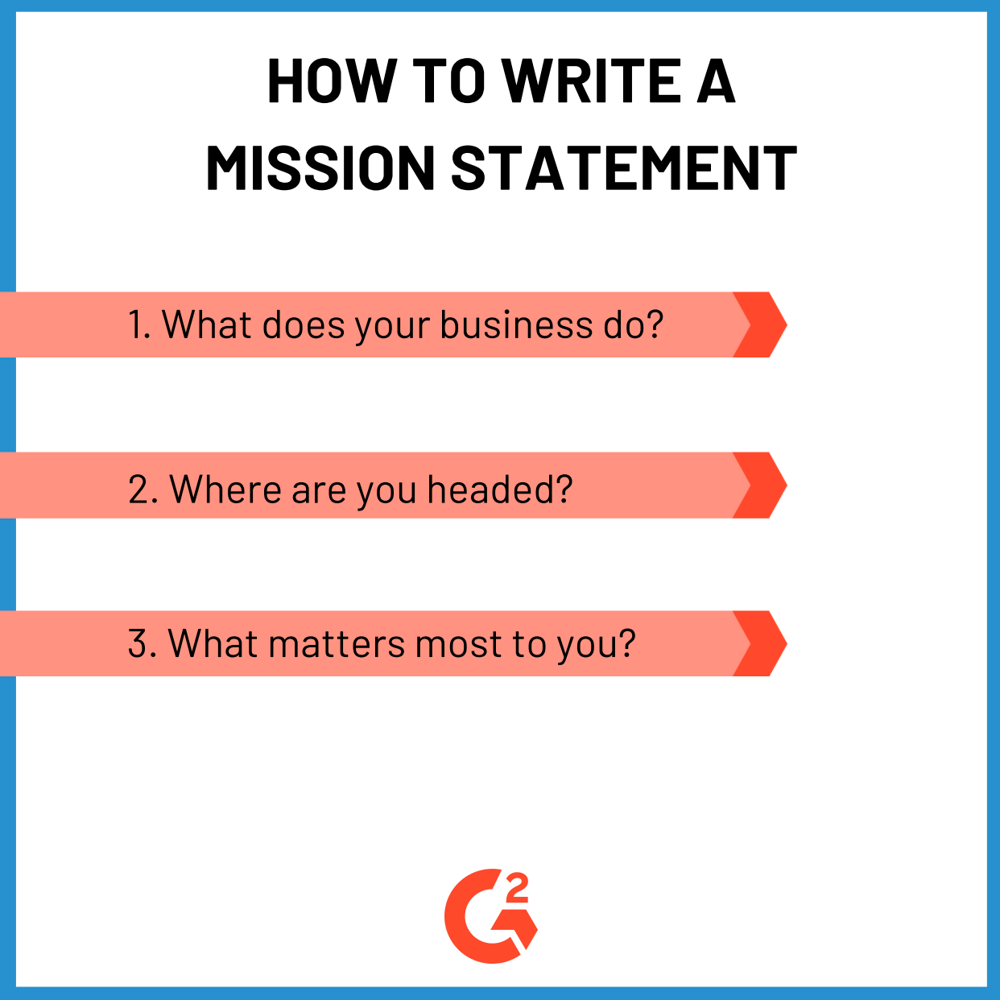How to Write an Effective Mission Statement: A Comprehensive Guide
 " width="250" height="250">
" width="250" height="250">In the vast ocean of business strategies, one beacon stands out as a guiding light: the mission statement. It's the compass that keeps your organization on course, the lighthouse that signals your purpose to the world. But how do you craft a mission statement that truly resonates? Let's dive in and explore the depths of this critical business tool.
Understanding the Mission Statement
A mission statement is not just a fancy plaque on your office wall; it's the heartbeat of your organization. It encapsulates your company's purpose, values, and primary objectives. A well-crafted mission statement can inspire your team, engage your customers, and drive your business forward.
Mission Statement Importance
Imagine your business as a ship sailing the high seas. Without a clear mission statement, you're navigating without a map or a destination. A mission statement provides direction, aligns your team, and communicates your purpose to stakeholders. It's the wind in your sails, propelling you towards success.
Components of an Effective Mission Statement
So, what makes a mission statement effective? Let's break it down into its core components.
1. Purpose
Your mission statement should clearly articulate why your organization exists. What problem are you solving? What need are you fulfilling? This is the soul of your mission statement.
2. Values
Values are the guiding principles that shape your company culture and decision-making processes. They are the stars that guide your ship, ensuring you stay on course.
3. Objectives
Your mission statement should also outline your primary business objectives. What are you aiming to achieve? This could be anything from providing exceptional customer service to innovating within your industry.
How to Write an Effective Mission Statement
Now that we understand the importance and components of a mission statement, let's dive into the writing process.
1. Know Your 'Why'
Before you put pen to paper (or fingers to keyboard), you need to understand your 'why'. Why does your organization exist? What drives you? This is the foundation of your mission statement.
2. Keep It Concise
A mission statement should be brief and to the point. Aim for a single sentence or a short paragraph. Remember, this is a statement, not a story.
3. Make It Memorable
Your mission statement should be easy to remember. Use vivid, powerful language that resonates with your audience. Think of it as your company's battle cry.
4. Be Specific
Vague mission statements are forgettable. Be specific about what you do, who you serve, and how you do it. Specificity adds power and clarity to your mission statement.
5. Use Active Voice
The active voice makes your mission statement more engaging and easier to understand. It also conveys a sense of action and momentum.
6. Avoid Jargon
Jargon can make your mission statement sound impressive, but it can also make it inaccessible. Use simple, clear language that everyone can understand.
Mission Statement Examples
Let's look at some mission statement examples from well-known companies.
Google's mission statement is a masterclass in simplicity and specificity: "To organize the world's information and make it universally accessible and useful." It's clear, concise, and memorable.
Patagonia
Patagonia's mission statement is a reflection of their values and purpose: "Build the best product, cause no unnecessary harm, use business to inspire and implement solutions to the environmental crisis." It's a powerful statement that resonates with their target audience.
Mission Statement Template
If you're struggling to get started, a mission statement template can be a helpful tool. Here's a simple template to guide you:
"Our mission is to [[action]] the [[target audience]] by/with [[unique value proposition]] to [[end goal]]."
Mission Statement Generator
If you're still stuck, a mission statement generator can provide inspiration. Websites like Shopify's Mission Statement Generator can help you brainstorm ideas and get the creative juices flowing.
Conclusion
Writing an effective mission statement is a journey of self-discovery for your organization. It requires a deep understanding of your purpose, values, and objectives. But with the right approach, you can craft a mission statement that inspires your team, engages your customers, and drives your business forward.
So, what's your mission? It's time to put pen to paper and let the world know.
FAQs
What is the difference between a mission statement and a vision statement?
- A mission statement focuses on the present and outlines your organization's purpose and primary objectives. A vision statement, on the other hand, is future-oriented and describes your long-term goals and aspirations.
How long should a mission statement be?
- A mission statement should be brief and to the point. Aim for a single sentence or a short paragraph. The key is to make it memorable and easy to understand.
Can a mission statement change over time?
- Yes, a mission statement can evolve as your organization grows and changes. Regularly reviewing and updating your mission statement ensures it remains relevant and reflective of your current purpose and objectives.
How do I know if my mission statement is effective?
- An effective mission statement should resonate with your team and customers, align with your business strategies, and provide clear direction for your organization. If it does all these things, you're on the right track.
What are some common mistakes to avoid when writing a mission statement?
- Common mistakes include using jargon, being too vague, focusing too much on financial goals, and not reflecting your organization's unique identity and values. Avoid these pitfalls to craft a mission statement that truly stands out.
[[IMAGE2]]
[[IMAGE3]]
Belum ada Komentar untuk "How to Write an Effective Mission Statement: A Comprehensive Guide"
Posting Komentar